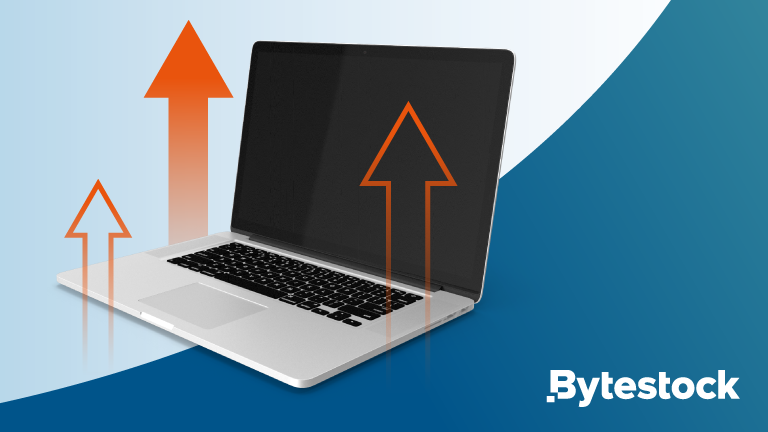Choosing the right cooling method for your servers can significantly impact performance,...
Back to all
Upgrading Your Mac CPU and Memory: A Comprehensive Guide

Upgrading Your Mac CPU and Memory: A Comprehensive Guide
3:40
Upgrading your Mac's CPU (Central Processing Unit) and memory can breathe new life into your machine, enhancing its performance and extending its lifespan. Whether you're a professional needing more power for demanding tasks or a casual user wanting a smoother experience, this guide will walk you through the benefits and steps of upgrading your Mac's CPU and memory.
Why Upgrade Your Mac's CPU and Memory?
- Improved Performance: Upgrading the CPU and memory significantly boosts your Mac's speed and performance, allowing it to handle more demanding applications and multitasking with ease.
- Extended Lifespan: By upgrading, you can extend the useful life of your Mac, delaying the need for a costly new purchase.
- Cost-Effective: Compared to buying a new machine, upgrading is often a more budget-friendly option that delivers similar performance improvements.
- Enhanced Productivity: Faster processing speeds and increased memory capacity mean less time waiting for applications to load and more time being productive.
Preparing for the Upgrade
Before you start, there are a few things to consider:
- Compatibility: Check if your Mac model allows for CPU and memory upgrades. Not all Macs are designed with upgradability in mind, especially newer models like the MacBook Pro with Retina Display or the latest iMacs.
- Skill Level: Upgrading hardware components can be complex and may require technical skills. Ensure you are comfortable with the process, or consider seeking professional help.
- Backup Data: Always back up your data before starting any hardware upgrade to prevent data loss.
Step-by-Step Guide to Upgrading
- Upgrading the CPU:
Choose a Compatible CPU: Research and select a compatible CPU that offers the performance boost you need.
Disassemble Your Mac: Carefully open your Mac following a detailed guide specific to your model. This usually involves removing screws and detaching various components.
Remove the Old CPU: Locate the CPU on the motherboard, unlock it from its socket, and gently remove it.
Install the New CPU: Align the new CPU with the socket and securely lock it in place.
Reassemble Your Mac: Reattach all components and screws, ensuring everything is properly connected.
- Upgrading the Memory (RAM):
Purchase Compatible RAM: Buy RAM modules that are compatible with your Mac model.
Access the RAM Slots: Open your Mac's casing to access the RAM slots. This might involve removing the bottom cover or other panels.
Remove Existing RAM: Gently release the existing RAM modules from their slots.
Install New RAM: Insert the new RAM modules into the slots, ensuring they are firmly seated.
Close Your Mac: Replace any covers or panels you removed and secure them with screws.
Post-Upgrade Steps
After upgrading, follow these steps to ensure your Mac runs smoothly:
- Power On: Turn on your Mac and check if it recognises the new hardware.
- Update Software: Ensure your macOS and all software are updated to support the new hardware.
- Test Performance: Run some performance tests or use your Mac as usual to observe the improvements.
How can Bytestock help?
At Bytestock, we offer a vast range of memory and CPUs for MacBooks and iMac.
Get in touch with our team, who can help give your device a few extra years of life.





